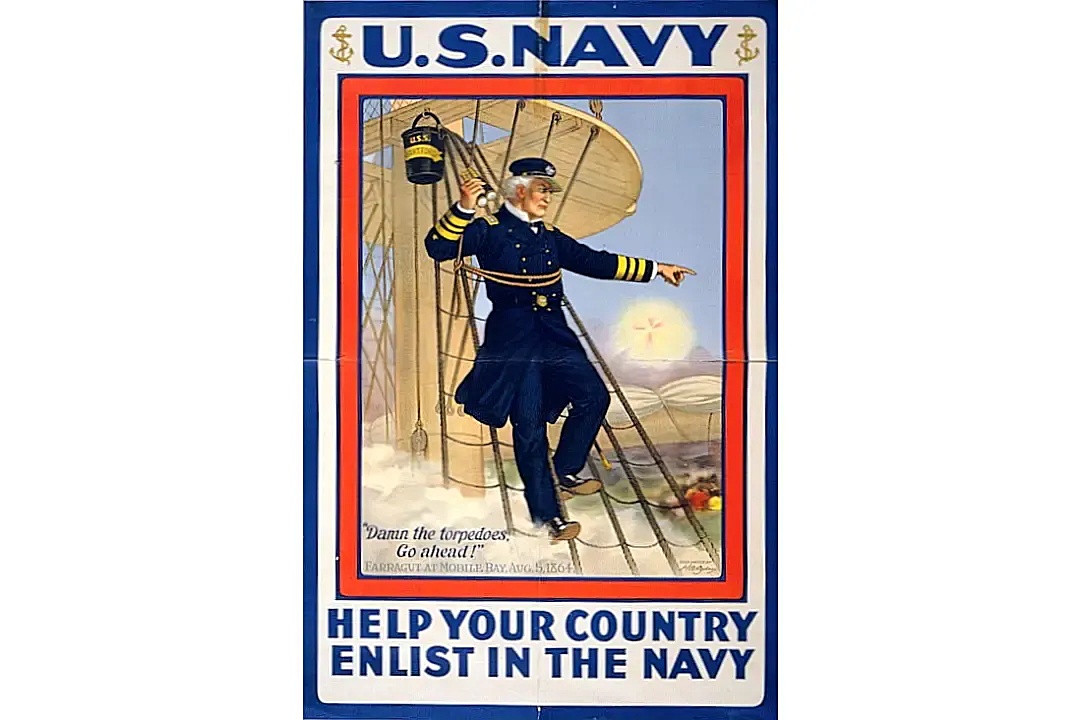In 1775, Jordi Ferragut Mesquida arrived in New Orleans, then a Spanish port. He learned of the ongoing conflict between the British colonists and the British crown. Mesquida, a shipping merchant from Menorca, Spain, did more than just sympathize with the colonists—he joined their cause. He changed his name to George Farragut and became the only Spanish volunteer to fight under the American flag. His efforts in supplying arms to the patriots in South Carolina, as well as his contributions during the Battles of Charleston and Cowpens, established him as a hero of the Revolutionary War.
At the age of 9, Farragut was introduced by Captain David Porter to Secretary of the Navy Paul Hamilton. By December 1810, he was appointed midshipman. As a show of his gratitude, Farragut requested that his appointment be placed under the name David Glasgow Farragut, which was officially fulfilled in 1814.

During the War of 1812, Farragut served on the USS Essex and achieved numerous victories, capturing 40 prizes while sailing along the South American coast in the Pacific. On his 12th birthday, Farragut captured the Alexander Barclay. Due to the lack of available officers to sail the captured ships, Captain Porter assigned Farragut to take charge of the American whaling ship and sail it to Valparaiso, Chile.
When the captain of the whaler refused to comply, Farragut remained resolute and even threatened to throw him overboard. Eventually, the captain relented, and Farragut successfully sailed the ship to port. The British, however, became increasingly frustrated by the Essex’s successes and dispatched two warships, the Cherub and the Phoebe, to find and engage it. Despite the British ships’ presence, a battle could only take place if challenges were accepted. Captain Porter repeatedly offered to engage the ships individually, but the British consistently declined.
During a squall, the Essex’s main topmast was snapped, forcing Porter to take the ship to a lagoon for repairs. The British warships discovered the Essex and attacked it mercilessly for two and a half hours, taking advantage of its disabled state. Farragut, while handling the cannons, was momentarily knocked down by a sailor who had been blown over and decapitated by a cannonball. Unfazed, Farragut quickly moved the body off him and continued his duties. After the battle, Farragut and the remaining crew members were taken prisoner.


